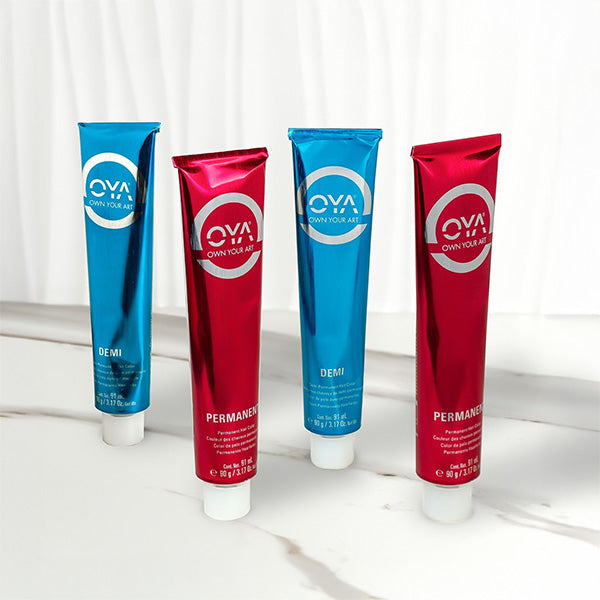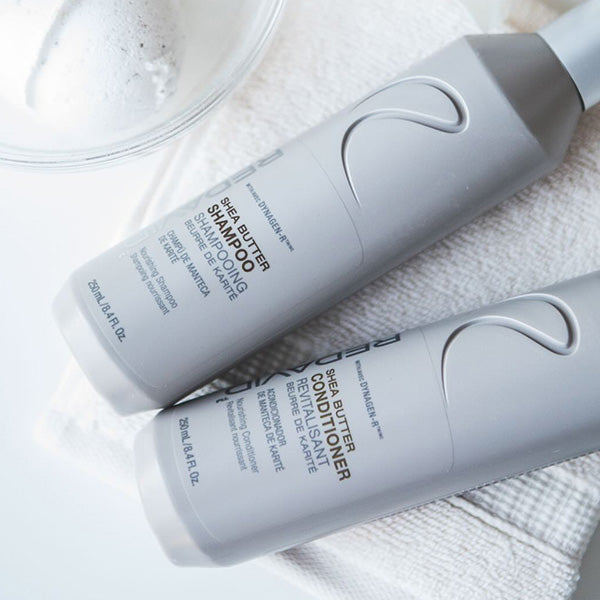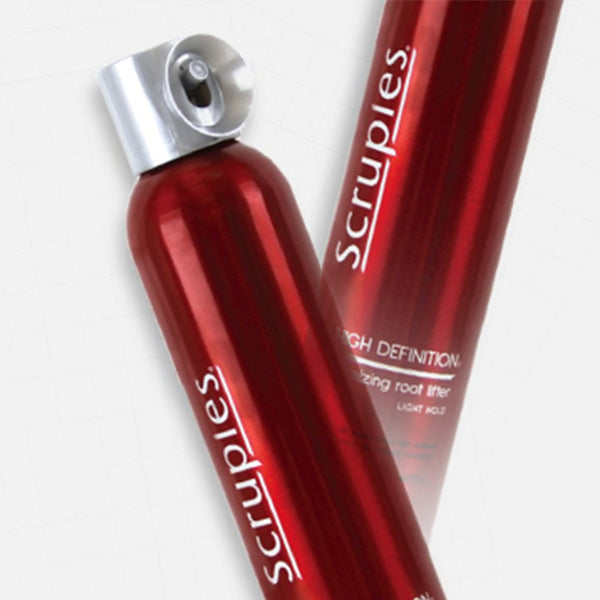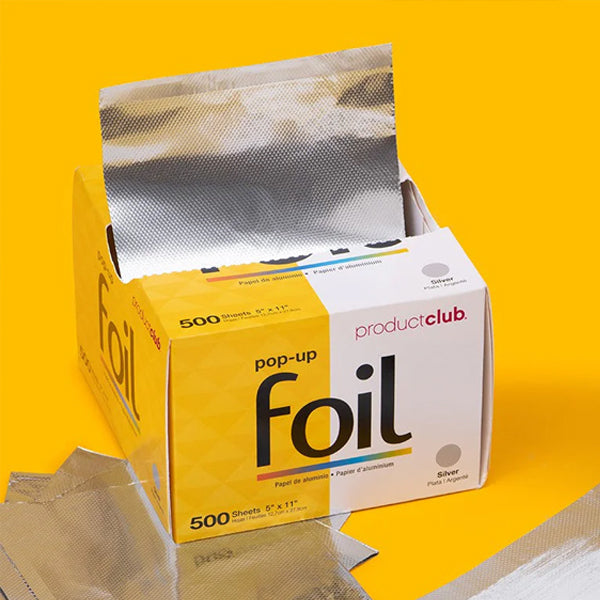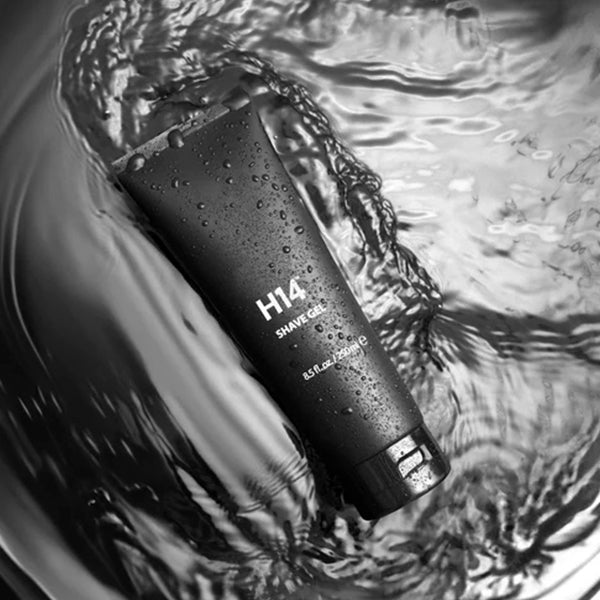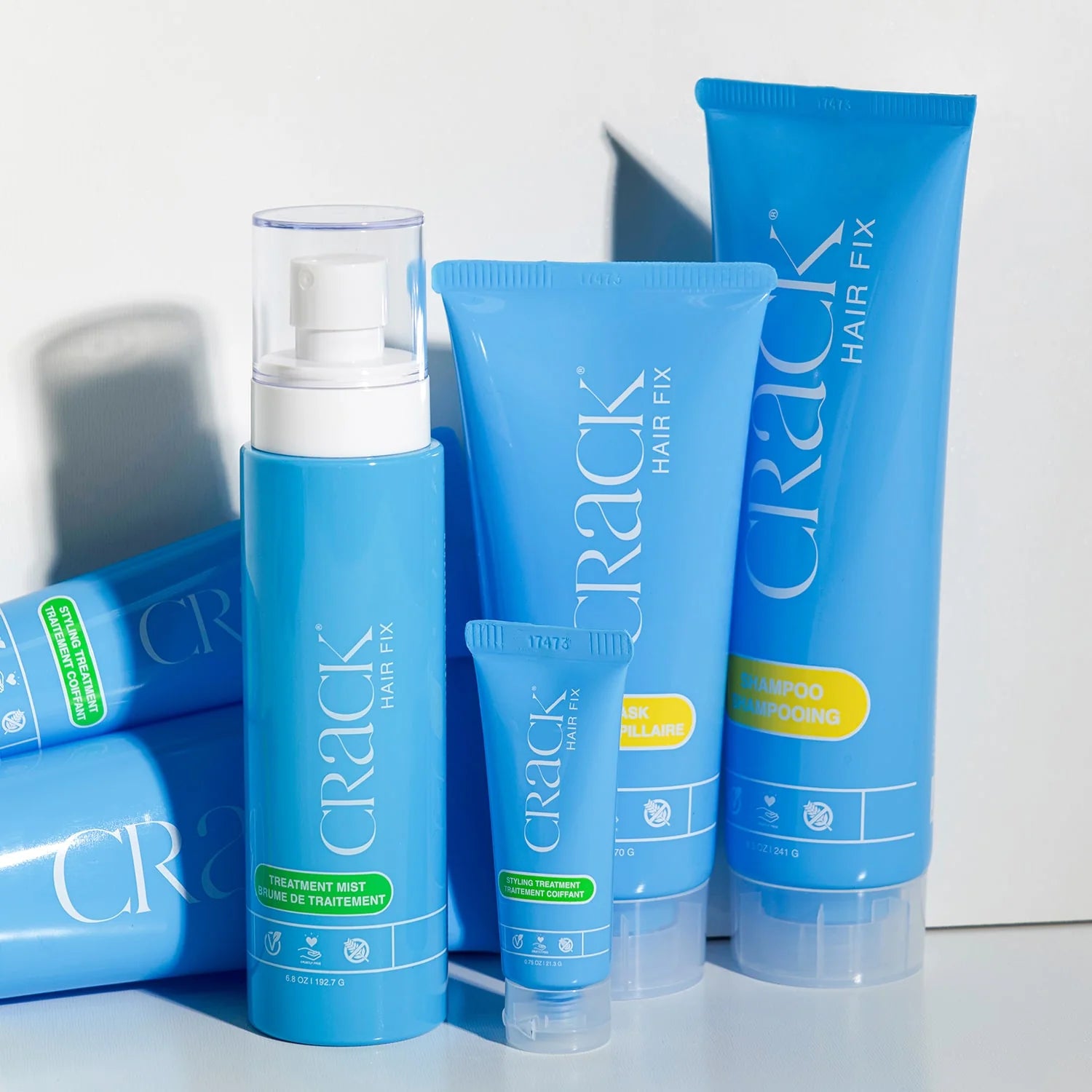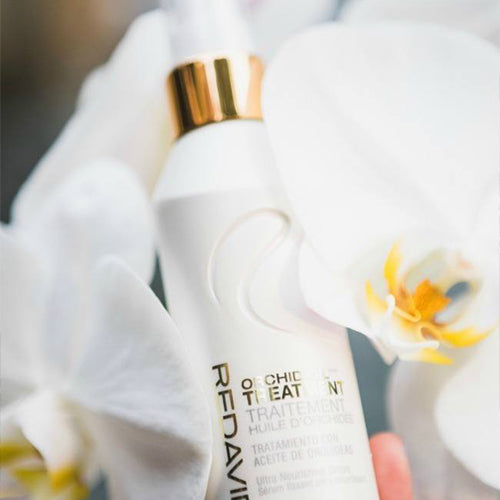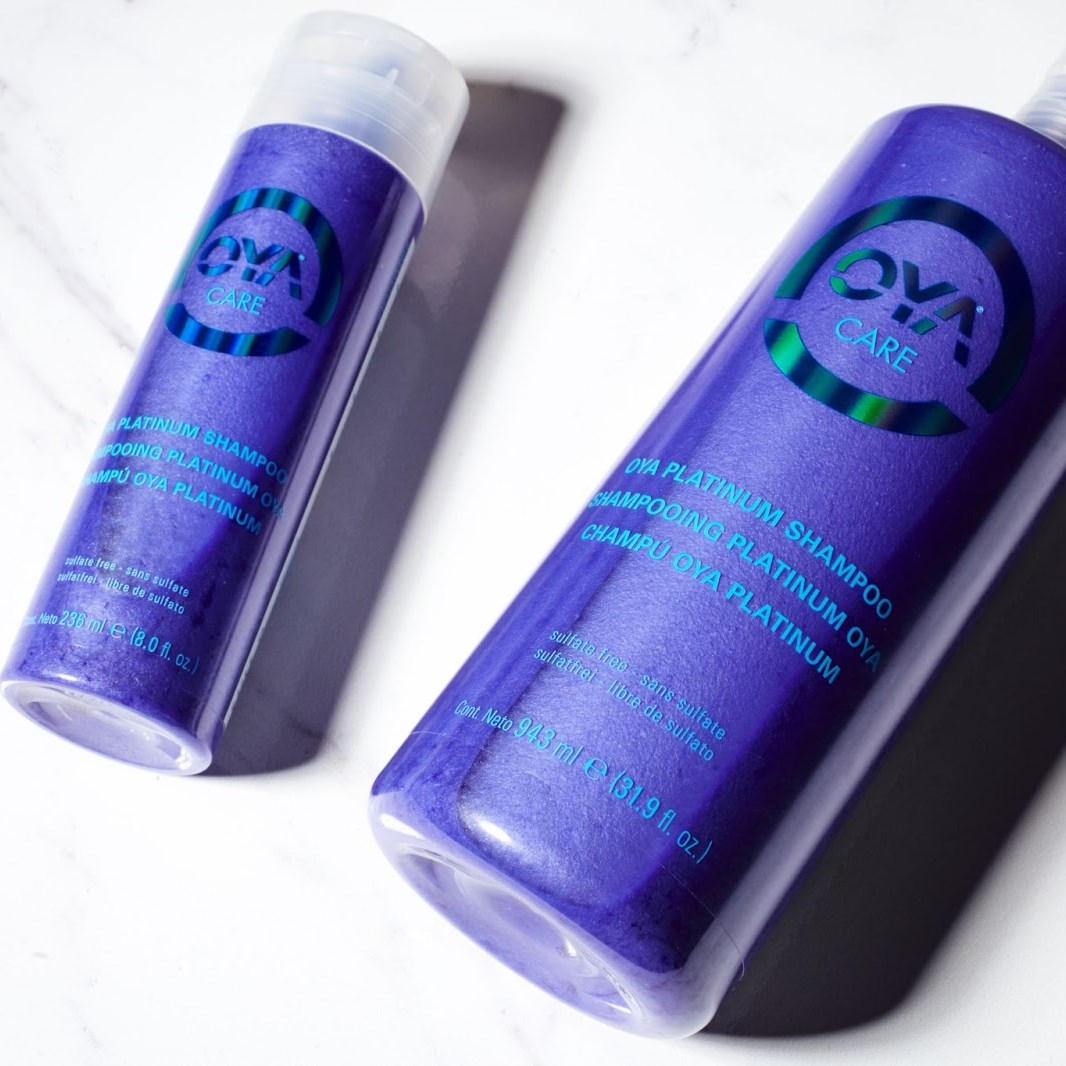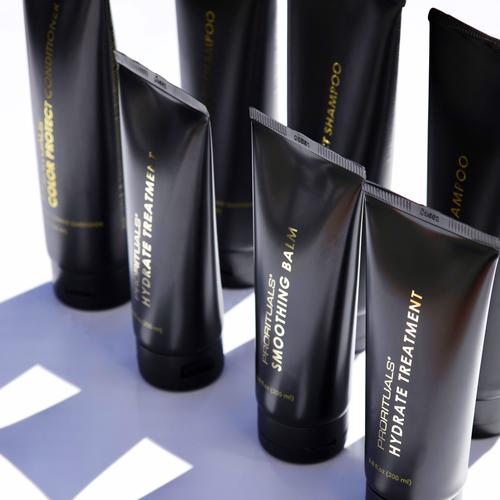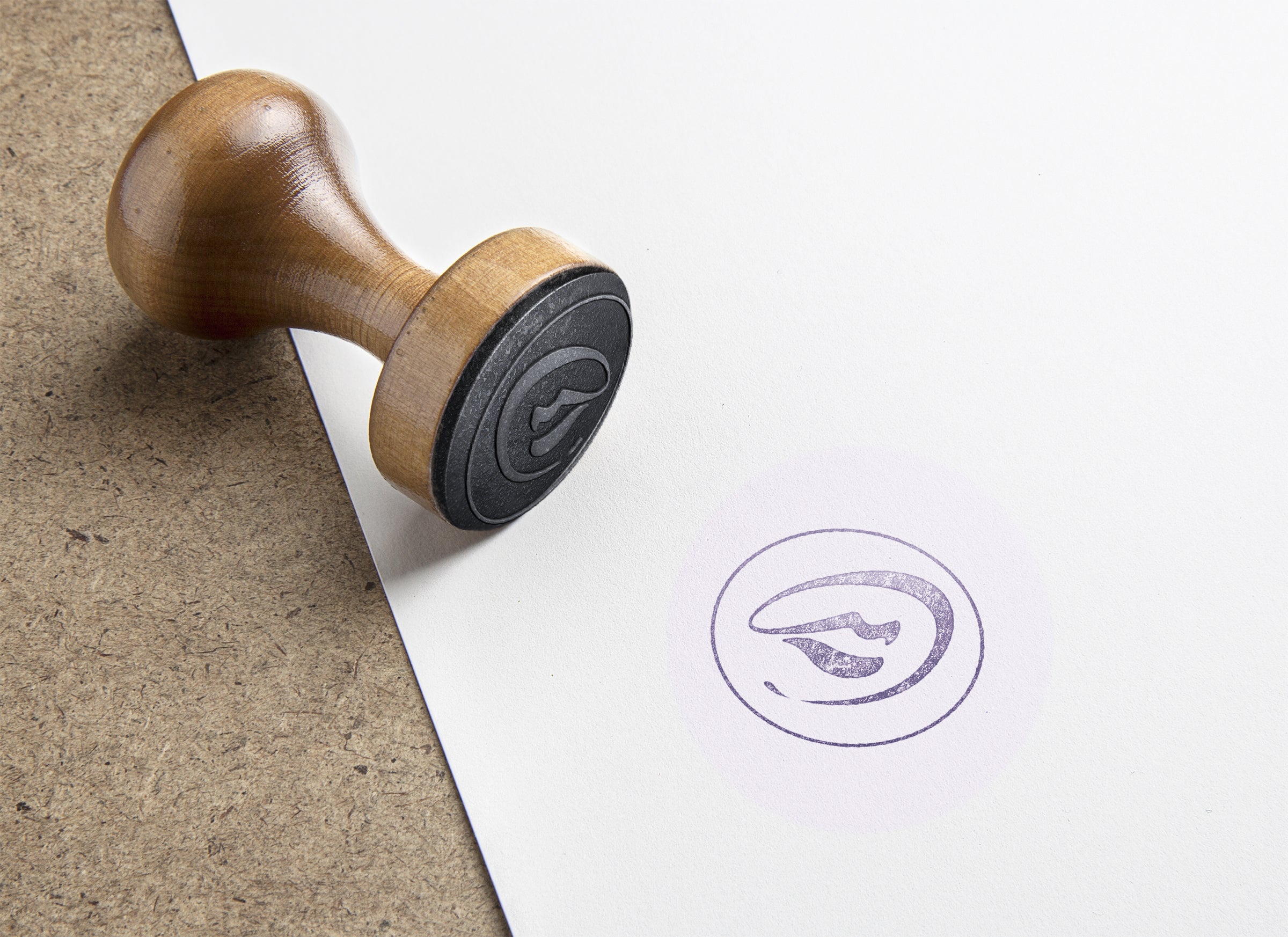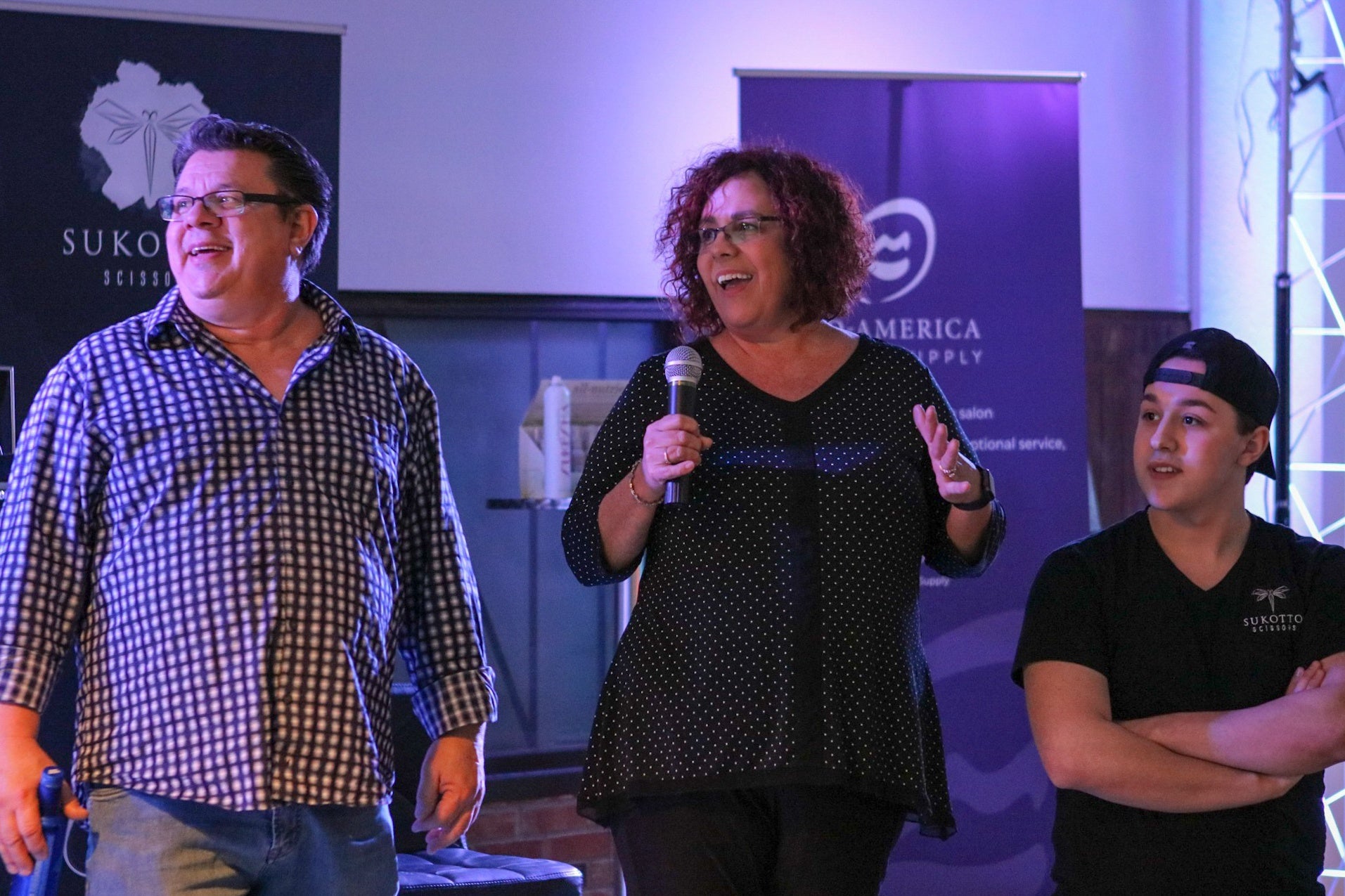Invisible Perimeters: How Soft Beveling or Undercuts Can Clean Up a Shape
Strong perimeters don’t always mean hard lines. In modern haircutting, control and invisibility often define precision better than symmetry alone. Whether through subtle beveling or hidden undercuts, refining the perimeter can make a haircut look more polished, lighter in movement, and infinitely easier to style—without sacrificing strength.
1. Why Invisible Structure Matters
Even when the perimeter appears simple, what’s happening underneath determines how it behaves.
-
Blunt edges can look bulky or static if the underlying density isn’t refined.
-
Excess weight near the neckline or around the ears can disrupt balance and cause unwanted flipping.
-
Fine hair with harsh lines can appear sparse or stringy.
Invisible structure—achieved through internal refinement rather than visible removal—creates shape that looks deliberate, not forced.
2. Soft Beveling: Subtle Refinement Through Angle
Beveling involves cutting the perimeter at a slight inward or outward angle to direct movement.
-
Inward beveling: Encourages the hair to tuck under naturally, reducing the need for heat styling.
-
Outward beveling: Adds swing and bounce, ideal for bobs or mid-length shapes that need lift.
-
Micro beveling: The smallest adjustment—just a few degrees—can eliminate bulk while maintaining a strong edge.
Pro tip: Keep your elevation low and tension consistent; beveling should whisper through the cut, not shout.
3. Undercutting: The Weight-Control Secret
An undercut doesn’t always mean a shaved section—it can simply be a hidden internal removal to reduce volume.
-
Invisible undercuts behind the ear, at the nape, or under heavy fringes create cleaner outlines.
-
Micro undercuts along the perimeter prevent collapsing in short bobs or pixies.
-
Layered undercuts maintain shape integrity in thick hair without making it appear thin.
The result is movement that feels controlled, not collapsed.
4. Choosing Between Beveling and Undercutting
| Goal | Technique | Result |
|---|---|---|
| Reduce bulk while keeping length | Beveling | Softens edge, improves fall |
| Eliminate hidden weight at base | Undercut | Lightens perimeter invisibly |
| Encourage movement without layers | Beveling | Creates subtle direction and swing |
| Strengthen shape in thick hair | Undercut | Refines interior, reduces puff |
Both are design decisions—not corrections.
5. Salon Reality: When Less Is More
In the salon, invisible perimeters are a hallmark of craftsmanship. The client might not see them, but they’ll feel the difference—hair that falls naturally, dries smoother, and holds its shape longer.
“Invisible weight removal is what separates a good haircut from a haircut that grows out beautifully.”
This subtlety elevates every shape, whether it’s a one-length bob, textured lob, or sculpted pixie.
Invisible perimeters aren’t about hiding mistakes—they’re about building polish through precision. By using soft beveling and controlled undercuts, stylists create perimeters that look effortless but behave impeccably. True mastery lives not in what’s seen, but in what’s felt when the hair moves.


